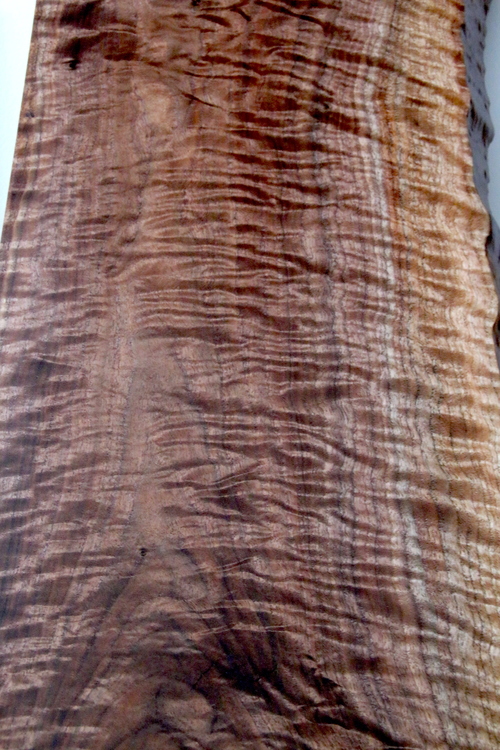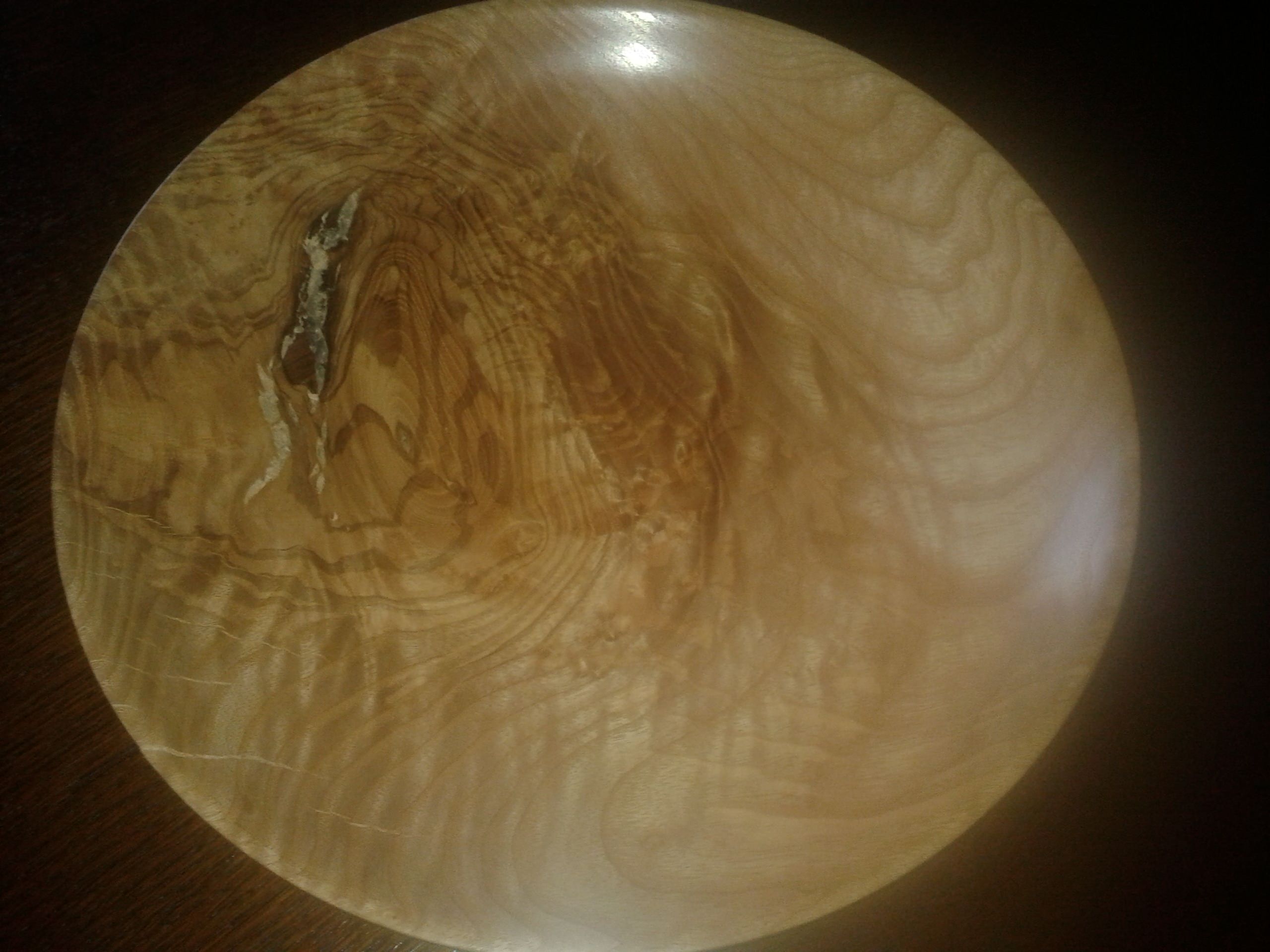Hi,
I’ve been making a wooden plinth for a turntable I own.
When finishing it marks appear perpendicular to the grain as you can see in the photo.
I bought the wood as offcuts. I was told it’s American Walnut. Does anyone know if this is a feature of this sort of wood? Or perhaps I’ve not prepared it properly.
So far I’ve sanded (quite a lot) at 80grit with a orbital random sander then by hand in the direction of the grain with 120 then 240 grit sandpaper.
Any advice gratefully received.
Thanks
Steve
I’ve been making a wooden plinth for a turntable I own.
When finishing it marks appear perpendicular to the grain as you can see in the photo.
I bought the wood as offcuts. I was told it’s American Walnut. Does anyone know if this is a feature of this sort of wood? Or perhaps I’ve not prepared it properly.
So far I’ve sanded (quite a lot) at 80grit with a orbital random sander then by hand in the direction of the grain with 120 then 240 grit sandpaper.
Any advice gratefully received.
Thanks
Steve












































